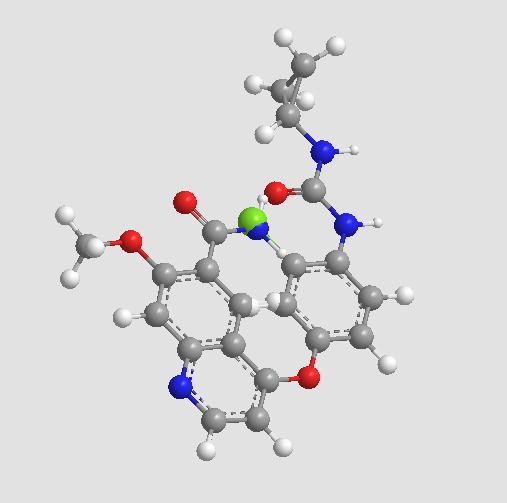About Us
Experience & trust built for 10+ years
Sichuan Qingmu Pharmaceutical Co., Ltd., founded in May 2011, is a wholly-owned subsidiary of Chengdu Easton Biopharmaceuticals Co.,Ltd. (Stock code: 688513).
Qingmu is an innovation driven pharmaceutical company with primary strategic focus on the regulated market, the company speciallize in R&D and manufacturing of generic APIs and advanced intermediates, and also provides CDMO/CMO service for small molecule chemical drugs.

R & D
R & D Platform
Based on R&D concept “Green Chemistry “, Qingmu has gradually established key technical platforms such as asymmetric synthesis, transition metal catalysis (Cu, Fe, etc.), microchannel production, enzyme catalysis and drug crystallization process.

Manufacturing
Manufacturing System
Policy: People-oriented, health and safety, energy conservation and environmental protection, pollution prevention, full participation, sustainable development
















